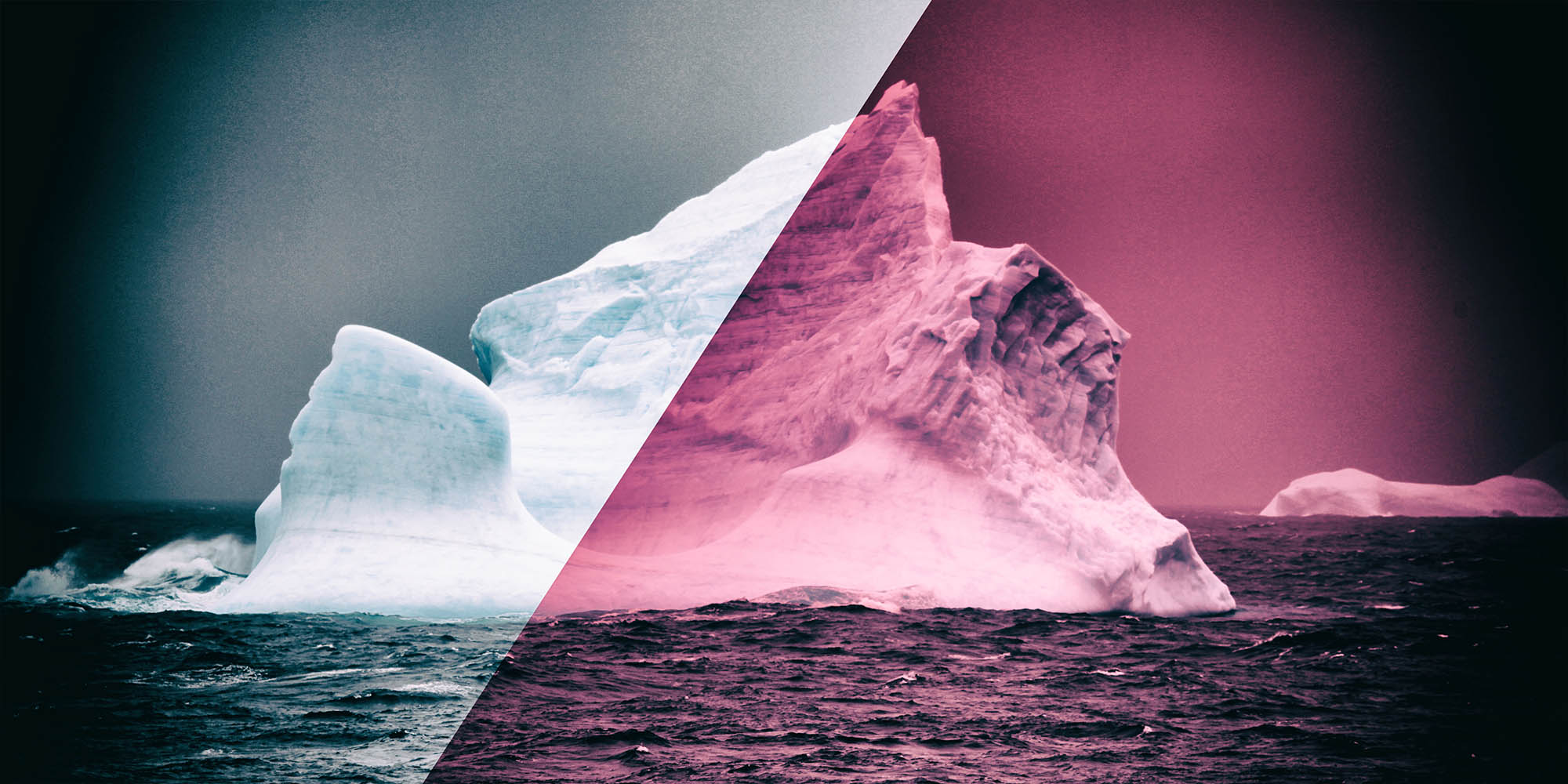The southern hemisphere, or the global south, is blue. Eighty percent of the surface area of the southern hemisphere is ocean; it’s an oceanic south. Encircled by this ocean is the human experience. Within that resides history of the first humans, coastal inter-tidal zones that provide evidence for a pescatarian diet in early humans, some of the earliest evidence of abstract art found in a cave on the South African coast and the vibrant coastal trade just off East Africa, which supported Great Zimbabwe in its heyday.
The ocean seen from the coasts holds the cold memory of slavery and the arrival of early colonisers. Yet the oceanic south is also where thousands find their meaning and existence. From the fishers along its coasts to the surfers, it is both life-giving and life-taking. It is a place that brings together Ukama – we are who we are because of the people around us, our ancestors and the nature with which we co-exist.
This blue is changing and the changes are outlined meticulously in the Summary for Policymakers, released by the UN’s Intergovernmental Panel on Climate Change (IPCC) covering its study The Ocean and Cryosphere in a Changing Climate.
The ocean upon which peoples of the oceanic south rely has taken up 20% to 30% of anthropogenic carbon emissions since the 1980s and is absorbing about 3.8 zettajoules (ZJ) of heat per year (3.8 x 1021!), of which about 50% is taken up by the Southern Ocean [one ZJ is equal to one sextillion (1021) joules].
The Southern Ocean, in particular, which encapsulates and connects all continents in the global south, is still vastly under-observed and understood. But we do know it is modulating the effects of anthropogenic carbon change that we experience on land.
There are caveats.
The carbon uptake is resulting in ocean acidification, which leads to the erosion of key species at the base of the marine food web. The heating, exacerbated by El Niño, has led to the huge coral bleaching events we have seen over the years – from which some coral reefs will not recover.
Moreover, it is resulting in a complete change in the conditions of the upper ocean, increasing stratification, decreasing nutrient availability and, importantly to the fishers and eaters of fish, decreasing function and productivity of the marine ecosystem, the foundation of fisheries.
The ocean is warming and will continue to do so, and conditions under which life in the ocean exists are being negatively affected by these changes. The ocean is rising and will continue to do so. Together with a warming ocean and local conditions, tropical cyclones and coastal storms will become more frequent and increase in intensity.
But, importantly, reducing emissions will decrease the magnitude and rate of these changes.
That is important to me, of the oceanic south. That is important for the fishers on the coast of Mozambique. For my friend Xadraque and his family on Bazaruto. It is important for the fishers on the West Coast of South Africa who rely on the highly productive marine ecosystem that is sustained by the Benguela upwelling system. A similar system in California has already been negatively affected by ocean acidification and a decrease in oxygen levels.
It is important for Giutulio, the kind Brazilian fisher with whom I spent some time in a village in the coastal Atlantic Forest, south of Rio de Janeiro. By decreasing the rate and magnitude of change, marine species will also have time to adapt or recover. And that is important.
We coastal humans urgently need to adapt; to build resilience through preserving and reforesting coastal dunes, mangroves and seagrasses which both protect and mitigate the effects of the changing ocean. We need to decrease the discount rate that guides our decision making.
By stopping emissions from burning fossil fuels and ensuring carbon continues to be taken out of the atmosphere by natural systems, it is very likely the rate and magnitude of change in the ocean will be less than if we continue developing as normal. What could be more important to a world defined by ocean? DM
Isabelle Sindiswa Giddy is a PhD candidate in physical oceanography at the University of Cape Town and the University of Gothenburg.




